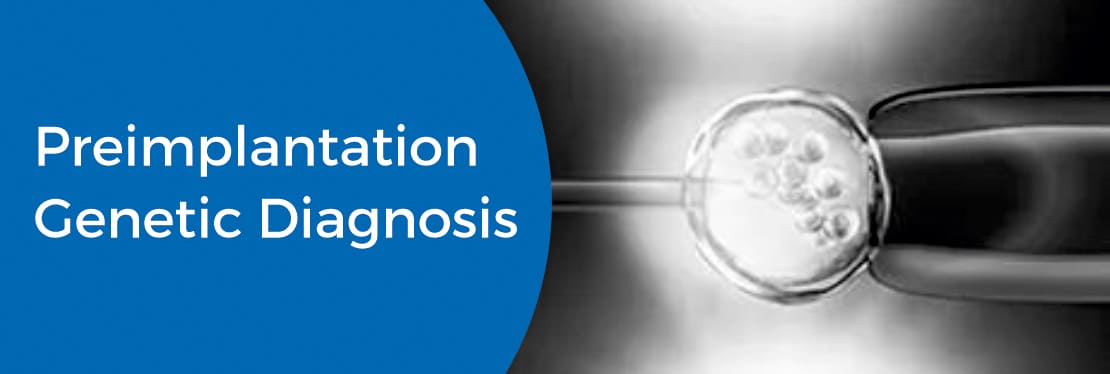Overview
Preimplantation genetic diagnosis (PGD) is a procedure used prior to implantation to help identify genetic defects within embryos. This serves to prevent certain genetic diseases or disorders from being passed on to the child. The embryos used in PGD are usually created during the process of in vitro fertilization (IVF)
Why it’s Done
PGD is recommended to couples are at risk of transmitting a known genetic abnormality to their children.Only health and normal embryos are transferred, thereby decreasing the risk of transmitting mutated gene.
Primary candidates for PGD
- Couples with a family history of X-linked disorders (Couples with a family history of X-linked disease have a 25% risk of having an affected embryo [half of male embryos]
- Couples with chromosome translocations, which can cause implantation failure, recurrent pregnancy loss, or mental or physical problems in offspring
- Carriers of autosomal recessive diseases (For carriers of autosomal recessive diseases, the risk an embryo may be affected is 25%.)
- Carriers of autosomal dominant diseases (For carriers of autosomal dominant disease, the risk an embryo may be affected is 50%.)
Conditions diagnosed using PGD
PGD should be offered for 3 major groups of disease:
- sex-linked disorders
- single gene defects and
- chromosomal disorders.
How You Prepare
Before to genetic testing, gather information about your family’s medical history. Consult with your clincian/ genetic counselor discuss about your family medical history to understand the risk better. Ask your queries regarding genetic testing and the options depending on the test results.
What you can expect
The PGD test cycle is explained to prospective parents as it involves multiple steps.
1.
CaseReview
Each PGD test is custom- designed on the specific disease and mutation that is inherited in a family. The proband or couples genetic test results will be reviewd and the case accepted if PGD is possible. DNA samples from the couples as well additional family members like parents or affected child will be required. This proces will take 4-5 weeks
2. Stimulation of ovaries
3.Egg collection
4. Fertilization
5.Culture and Biopsy
6. PGD testing
7.Embryo transfer
8.Pregnancy
Results
Positive Results: Affected Embryos which carries the mutated genes, embryos are not recommended to transfer
Negative Results: Non affected Embryos which doesnot carries the mutated gene, embryos are recommended to transfer.
Risks of the procedure
Most of the risks invloved in PGD treatment are similar to those for conventional IVF which invloves:
- Risks of ovarian hyperstimulation syndrome,multiple pregnancy, and increased risk of birth defects not related the genetic test.
- Risk of biopsy or freezing harming the embryos.
- False negative results, where an abnormal embryo is transferred to the uterus, resulting in possible miscarraige, and health embryos are dicarded, limiting chances of healthy pregnancy.
- Test could reveal there are no normal embryos to transfer.
